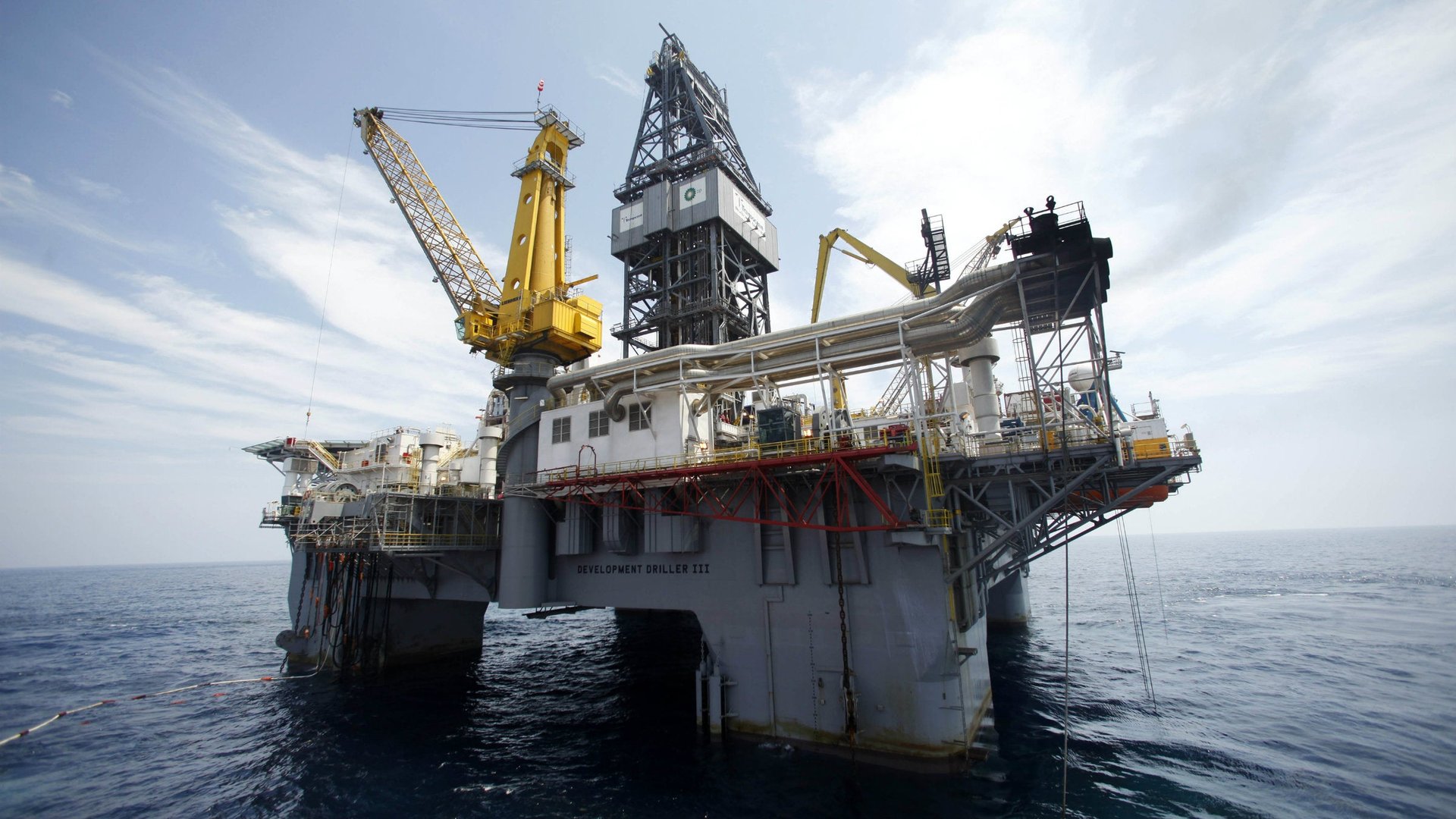Big Oil’s troubles will lead to the next huge advance in energy technology
An unmistakable message was hidden in the flurry of downbeat oil company earnings reports released in the last week or so: A major technological advance is on its way in old energy, new energy, and perhaps both. Not necessarily soon, but unquestionably coming.


An unmistakable message was hidden in the flurry of downbeat oil company earnings reports released in the last week or so: A major technological advance is on its way in old energy, new energy, and perhaps both. Not necessarily soon, but unquestionably coming.
To get to this conclusion, we follow the money.
Start with the ledger: Five of the world’s biggest publicly traded oil companies reported that they earned $92.8 billion in 2013 profit, more than a third of it—$32.5 billion—from ExxonMobil alone. Large numbers, to be sure, but less so when compared with the previous year: ExxonMobil’s net income, for instance, was down 27% from 2012; Shell’s dropped by 23%; Chevron, 18%; and BP, 20%.
What accounted for this gaping difference between the two years—2012 and 2013—both of which featured average oil prices at record highs over $100 a barrel?
They spent too much
The central element is capital spending. In 2013, the five companies spent a collective $169 billion trying to discover new oil, develop fields, and build big projects. That was $27.3 billion, or about 20%, more than they spent in 2012 on the same endeavors. It also was almost identical to the $30.9 billion drop in profit in 2013.
When you factor in the price of oil—crude averaged about $108 a barrel in 2013, compared with $111 the prior year—you get even closer. The higher cost of finding and developing new oil projects is in fact almost entirely responsible for Big Oil’s profit misery last year.
This is not a new trend: Capital spending has been spiking for years. But the companies swallowed the pain as a price of maintaining their inventory of producing wells and future production. They reckoned that the best thing to do was to keep drilling whatever the cost, and sort out profitability questions later.
And they discovered that their technology was inferior
Now the companies have decided something different: that they were on an unsustainable spending path. Simply put, the available technology for their most challenging tasks—drilling in ultra-deep water and in the Arctic, and developing humongous liquefied natural gas projects—is insufficiently advanced. At this stage, it costs too much to use. So oil companies have decided to stop working with it as much.
After a 22% spike in 2013 spending, Chevron said it will turn down the cash-burn, lowering its capital budget by $2 billion to $39.2 billion this year. Shell, which raised spending by a whopping 47% in 2013, to $44.3 billion, is dialing back even more this year, to $37 billion, a 16% reduction. All in all, the companies will spend $154.9 billion in 2014, 8% less than last year.
The majors’ behavior has implications for the global economy. Quite apart from their profit, these five companies alone produced 13.6 million barrels a day in oil and gas last year. They are not leaving the exploration game. They are collectively shifting focus to the easier shale oil fields of the US, where they are raising spending this year by about 8%, according to Barclays.
In immediate terms, Douglas-Westwood’s Steven Kopits says that the pullback from the largest, most-difficult projects will cost some 400,000 jobs over the coming couple of years among drillers and other specialists.
But there is also long-term risk in the majors’ move. Because, while the Arctic and deepwater are expensive and suffer from uncertain outcomes, the payoff of shale is disputed as well: Bulls such as Citi expect shale to boost US oil production to Saudi Arabian levels of 9.5 million barrels a day by 2015, and keep it there for decades to come. But shale skeptics such as Barclays think that natural oilfield decline may seriously erode US shale production after a few years, and leave the market just about as tight as it is now.
Which brings us back to where we started. For the majors, the future looks smaller, not to mention lacking in traditional wildcatting glory, if the long-term strategy is to squeeze as much profit as possible for as long as possible from US shale while spending relatively little. There will be slender possibility of the big, surprising thrill—and bottom-line impact—of discovering a super-giant oilfield on the frontier.
Survival and industry culture will trigger a big leap
Given the industry’s dare-devil, 140-year history, the smart money is that it will spurn this future. Services companies such as Schlumberger and Halliburton—and perhaps even the stodgy majors—will beaver away in search of a technological leap that allows economic penetration of the ultra-deep, the Arctic, and other difficult plays.
It will take time, but expect such a breakthrough. The money to be earned is that big. George Mitchell’s legendary 1990s breakthrough in hydraulic fracturing, for example, has already led to tens of billions of dollars in earnings, and there is the potential for hundreds of billions more.